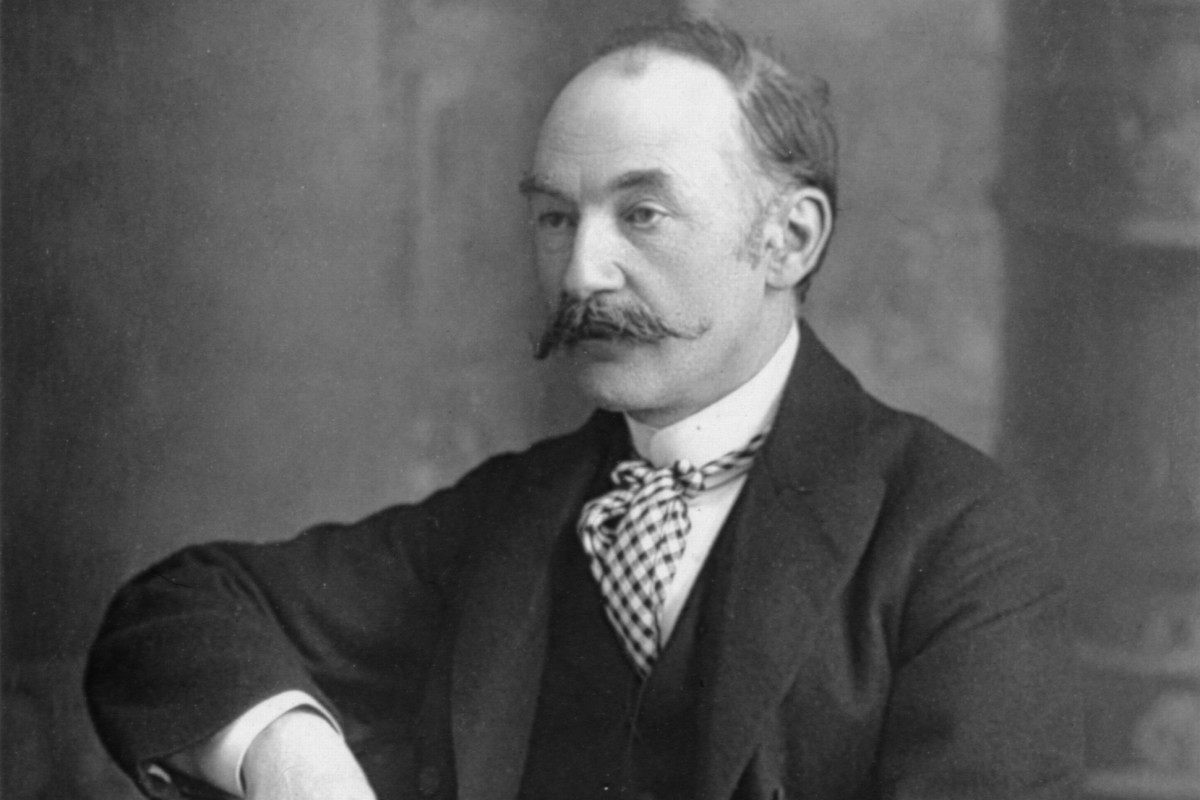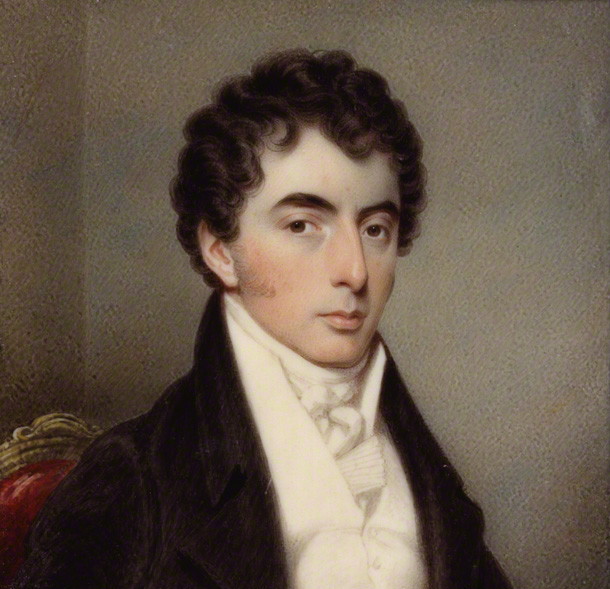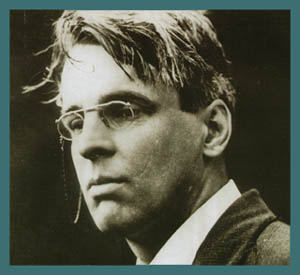About the Author- Robert Burns is one of the greatest and most celebrated Scottish writers and poet. Most of his poems are originally scout songs for children who have been prescribed and read as poems in the contemporary scenario and the larger context of educational relevance. Burns is considered the National Poet of Scotland and is a well-known figure in Scottish Literature and the overarching structure of English Literature. Burns was born on 25th January 1759 in Alloway, Scotland and is also popularly or fondly called and known as Robbie Burns. Other titles given to him are Scotland’s favourite son and Ploughman’s poet. Much of his writing is in the English of those days with a little bit of Scottish dialect reflecting between the lines. He passed away on 21st July 1796. Considered as an important figure in the Romantic movement and he inspired the inventors of Liberalism and Socialism even after he passed away. He has made great efforts in establishing and necessitating culture in Scotland and hence is counted as one of the pioneer figures in Scottish Culture in Scotland and amongst the Scottish diaspora across the world. During the nineteenth and twentieth centuries, his work was celebrated on a great scale and he has influenced Scottish literature ever since. A well-known national figure, he was chosen as the greatest Scot by the Scottish public on television in 2009.
Ae Fond Kiss Summary
“Ae Fond Kiss” by Robert Burns is one of the most famous Love songs by him and is spread over six stanzas. In the first stanza, Burns starts with talking about a kiss filled with love and affection for his beloved, which would be the final one as they are bidding each other farewell forever, and would not see each other anymore most probably. “Ae” means only or sole in the Scottish dialect. ‘Sever’ and ‘Forever’ come out to be a good rhyme, and quite a rare one, which shows the poet’s credentials as a poet. Later in the stanza, the poet expresses the hurt and grief he is experiencing and the tears he is going to pay (wage) his beloved with during their parting.
In the second stanza, the poet talks about hope. He says that even though there is a star of hope, his beloved is leaving him and though there are discursive words and concepts like Fortune; Fortune will not feel sad about this unfortunate event that has befallen on the poet. It is solely and completely the poet’s own pain and sorrow and he has to suffer and survive through it all by himself. A man is always alone in his struggles is what Burns is reasserting here. The twinkle in the star should essentially cheer up the poet but he denies that and says that only dark despair surrounds him.
In the third stanza, he talks about what he really felt for Agnes. He says that he does not blame his fancy for his beloved, as anyone or anything that witnesses her, would fancy her. She is irresistible and Burns calls her Nancy here. It was Love at first sight for him and he says, the moment he saw her, he loved her. He knew from the start that it was the kind of binding love which would know no end.
The fourth stanza is about lamenting and wishing that things were the other way round. The poet says that if they had not loved each other so blindly and kindly, had they never met or known each other, they would not have been broken hearted. Agnes was probably the poet’s first love and he bids her goodbye and adorns her with all beautiful and affection filled words. He uses adjectives like ‘fair’, ‘best’, ‘first’ etc. He wishes her all the happiness and love in this world, proving that his love for her is genuine and pure. He wishes here every (ilka) love, joy, treasure and all the other great things in this world. Burns rests the poem with the final and sixth stanza which is a repetition of the first stanza itself, stating that his position is still the same, of that old broken hearted lover left into pieces, as it was at the beginning of this poem.
Ae Fond Kiss Critical Analysis
Background, Context and History
Burns wrote this poem, “Ae Fond Kiss and then we sever”, popularly known as “Ae Fond kiss” after he finished publishing his anthology titled “Kilamarnok volume”. Succeeding the publication of this anthology, Burns was a frequent traveller to Edinburgh and started spending a considerable amount of time there. During his stay there, he established a non-sexual and non-physical, platonic love affair, or actually more like a relationship with Mrs Agnes Maclehose, a resident of Edinburgh itself. They started addressing each other with the respective pseudonyms – ‘Clarinda’ and ‘Sylvander’ during their exchanges and conversations of various styles and kinds. He wrote this particular poem – “Ae Fond Kiss” after his final meeting with Agnes on December 27, 1791 just before she left Edinburgh for good and moved back with her estranged husband in Jamaica. The poem was a part of a letter which is now a part of the Watson Autograph collection of manuscripts curated by the National Library of Scotland. This poem was originally a song, just like all the other poems by Burns.
Style and Form
The poem “Ae Fond Kiss and then we sever” is essentially a Scottish Folk song, more commonly known as a Scots song. Therefore, the terminology used in the poem is more rhyming rather than being appropriate, for it to flow well like a song. For example, the term ‘Ae’ is rhymed with hay. This song was originally set to the tune of Rory Dall’s Port with three verses in eight lines. The Scots Musical Museum published the musical score of this poem in their collection of Scottish folk songs as this is the most recorded love song written by Burns.
Deeper Meaning
Readers who are unfamiliar with the dialect may not be able to understand this fact well, but when one reads the poem, feels the words and understands the imageries, he or she derives the fact that though Burns’ lover was married and he knew that, his love was deep, pure and endless. Even though she is leaving her and moving back with her husband, there is no bitterness in the poem. Burns does not condescend or demean Agnes or Mrs. Maclehose, or speaks ill of her for her actions of leaving him and going back to her husband, unlike many other Romantic or Metaphysical poets. The fact that he flamboyantly stands out in this aspect is not only appreciative and endearing, but this makes his style and ideology clear and distinct, just like his form. The exclamation marks at the end of the adjectives associated with the poet’s beloved convey how strongly Burns believes in whatever he feels, and how true it all is.
Figures of Speech
There is alliteration in the first paragraph between the words ‘farewell’ and ‘forever’. The ‘f’ sound is repeating throughout the poem during the words – fond, fancy, fare-thee-well, fortune, first, fairest etc. ‘Sigh’ and Groans’ in the same stanza are onomatopoeic words to a certain extent and they sound very different too. This analysis is provided by Anuradha. Do let us know your views about the poem.
Keywords – Ae Fond Kiss Analysis (2.4), Song Ae Fond Kiss Analysis (3.0), Ae Fond Kiss meaning (3.6), Robert Burns Ae Fond Kiss Analysis (1.2), Ae Fond Kiss Analysis Robert Burns analysis (2.0), Ae Fond Kiss summary (3.7)
Some online learning platforms provide certifications, while others are designed to simply grow your skills in your personal and professional life. Including Masterclass and Coursera, here are our recommendations for the best online learning platforms you can sign up for today.
The 7 Best Online Learning Platforms of 2022
- Best Overall: Coursera
- Best for Niche Topics: Udemy
- Best for Creative Fields: Skillshare
- Best for Celebrity Lessons: MasterClass
- Best for STEM: EdX
- Best for Career Building: Udacity
- Best for Data Learning: Pluralsight















